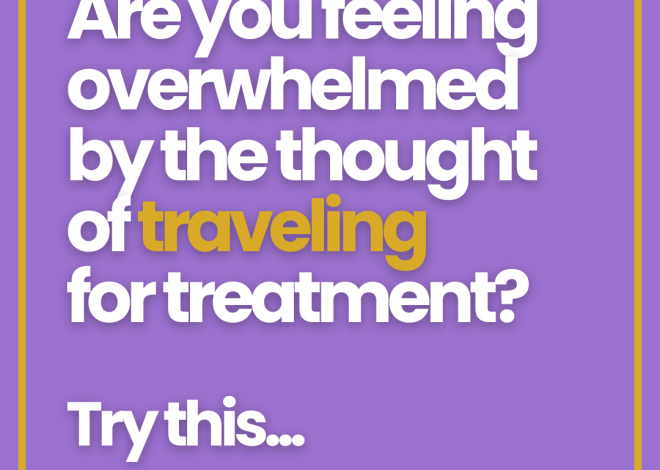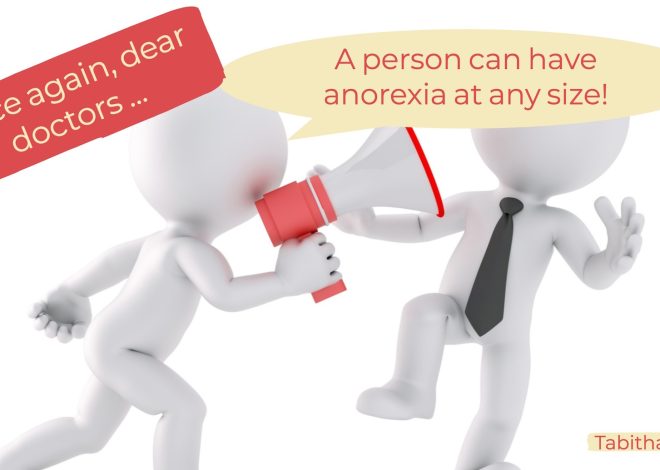A quick break from the talk transcripts…
After my SEDIG (Scottish Eating Disorders Interest Group) conference talk on Saturday about eating disorders in boys, one mum in the audience stood up. She said: “You’ve just told our story – it’s identical. Except for one thing. Unlike your son, ours didn’t make it; he passed away, aged 19.” My jaw dropped. And with it came a rush of emotion. Here was I, describing our recovery story. There she was, reinforcing the fact that eating disorders can kill. They are deadly diseases. And no matter how punishingly hard you work as a parent to get your child through it, the eating disorder can claim them in the end.
I know some of us felt some guilt. Like survivors’ guilt, I guess. Our sons and daughters pulled through; this mum’s son didn’t. Yet here we were, talking about how wonderful it is that our sons and daughters recovered from their eating disorders.
This courageous mother now takes drama productions into schools to explain about eating disorders in a way that engages young people while getting the message across.
What a woman! My heart goes out to her and my admiration knows no bounds.
Yet this is proof that the spectre of death is never far away. Eating disorders have the highest mortality rate of any mental illness. Research has shown that up to 20{7920e18cf5186565893a18d1f69fa52bf2806dc683a7bfcea51d671d2f7d8125} of people with chronic anorexia will die as a result. Suicide is one of the most common causes. Heart and organ failure are common causes, too, and death from complications arising from prolonged starvation.
We, as parents, might expend every last ounce of energy and determination to get our sons and daughters through this horrible illness. Yet tragically some of our children won’t survive anorexia, bulimia or another eating disorder.
My blog is about bringing hope to parents to show that boys (and girls) can recover from eating disorders.
Yet it is also about reinforcing the fact that so much more needs to be done to support our children – to get them diagnosed and into treatment quickly, to ensure that treatment is evidence-based, to ensure full recovery and weight restoration before discharge from treatment, and to follow up afterwards to ensure sustained recovery.
And, as was discussed at the SEDIG conference on Saturday, to continue with treatment, with the same treatment team if they’re working well with the patient, until whatever age – never to kick someone out of treatment simply because they’ve reached the ‘magic’ age of 18.
Plus, for red-flags like suicide threats to be taken much more seriously rather than simply conducting a ‘risk assessment’. Or, as happened with us when I called the Duty Psychiatrist at CAMHS when my son was doing dangerous things and I was terrified he would take his life, to be told abruptly “We are not a 24-hour emergency service”.
I don’t know the details of this young man’s eating disorder or why he so tragically passed away.
But I do know that his mother is one strong woman doing what she is doing by continuing to raise awareness of eating disorders.
I couldn’t do it.
I feel humble next to her.
(c) Eating disorders in boys: my teenage son’s recovery from anorexia. – Read entire story here.


